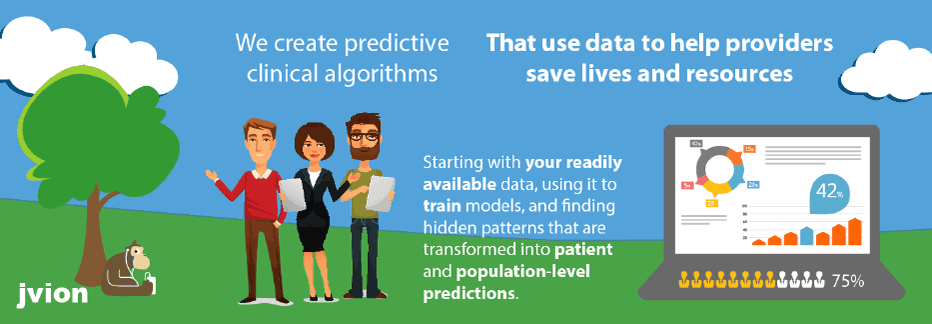A hospital
acquired infection is an
infection that is picked up from a healthcare facility. It can be spread within
hospitals and other clinical settings. These infections are caused due to microorganisms, which originate from a hospital environment,
staff or other patients. The most common infections are urinary tract, upper-respiratory
infections (pneumonia),
and surgical wound infections. Infections that become
clinically visible after 48 hours of hospitalization are considered
hospital-acquired.
Susceptibility to
infections in a hospital:
Patientsin the hospital
are often at the risk of suffering hospital acquired infections. The populations
that are more susceptibleto
such infections include:
- Premature
babies and sick children
- Elderly and
frail
- Patientswith
chronic medical conditions (e.g. diabetes)
- Persons
having compromised immunity
Repercussions of
hospital acquired infections:
Micro organisms including fungi and bacteria are among the major
causes behind infections in a hospital setting that contribute to about 99,000
deaths each year.
Some of the consequences of to such infections include:
- Prolongedsuffering
for the patient
- Longer
hospital stays
- Longer
recovery time
- Mounting costs
associated with longer stay in hospital and prolonged recovery time
Causes of health acquired
infections:
Infection
is spread to the susceptible patient in the clinical setting in various ways
such as:
-
Contact with healthcare
providers
-
Contaminated
equipment
-
Infected air
droplets
-
Indwelling catheters
-
Infected food,
water or medications
The infection can be controlled by following
the appropriate protocols as follows:
- Rigorous
hospital infection control procedure and policies
- Frequent
hand hygiene measure by all the hospital staff and patients
- Cautious use
of antibiotic medication
- Use of
Personal protective equipment
- Isolation of
infectious patients
